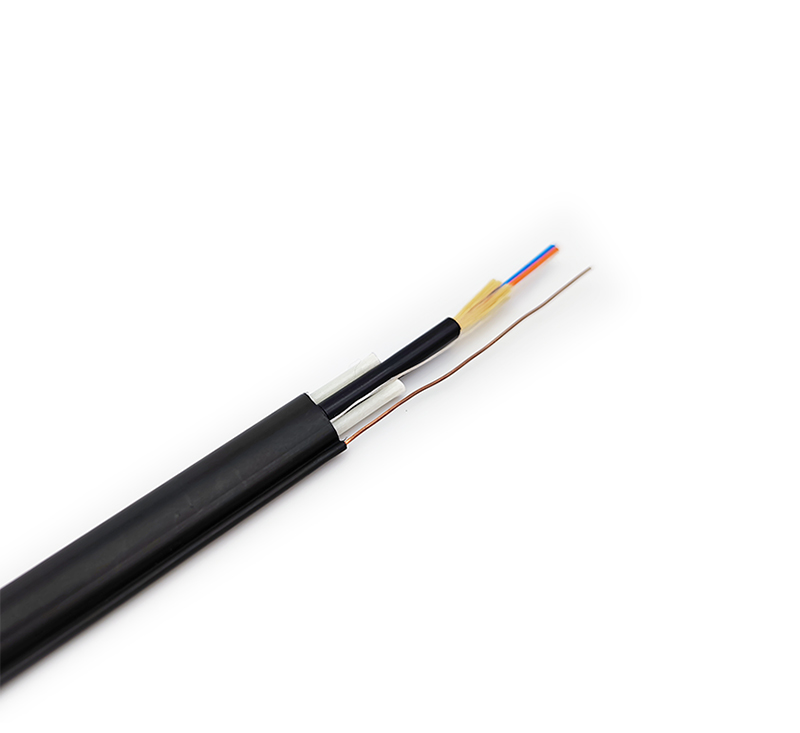With the development of data centers, the needs of enterprises are constantly changing, and the model of the data center is also developing in a diverse direction. This has to mention the construction of a modular machine room. So, what are the advantages and disadvantages of modular computer room construction?
As the development trend of large -scale intensive deployment of data centers becomes clearer, the construction and operation of data centers have also undergone qualitative changes. With efficiently as the core solutions, it can be said that the status of the revolutionaries.
It is not difficult to find that micro -module data centers have two sides. On the one hand, its advantage is that it can be deployed very quickly, usually only a few weeks; in contrast, it usually takes several months to build a traditional data center. Even a few years. In addition, the cost of modular data centers is low, and users in container data centers and prefabricated units can effectively reduce costs.

Then there is a micro -module data center. It is easy to deploy. The data center and prefabricated units like containers can be deployed at any position specified by the adopality. At the same time, it is easy to expand. , Prefabricated unit or construction area.
Of course, the other side is that the micro -module data center also has its disadvantages. First of all, the durability of the modular data center is poor, while the container data center and the modular data center of the prefabricated data can be tested by time and weather. The second is limited space, most modular data centers, especially container data centers. Its design is used to accommodate devices rather than accommodation.
One of the biggest advantages based on microservice applications is that they often use computing resources more effectively than traditional applications. This is because they handle the function bottlenecks by extending components. In this way, developers only need to deploy component resources for additional components without deploying a new iteration of a complete application. The end result is that more resources can be provided to other tasks.
Another advantage of microservices is that they are faster and easier to update. When a developer changes a traditional single application, they must do detailed QA tests to ensure that changes will not affect other characteristics or functions. But with microservices, developers can update a single component of the application without affecting other parts. Test microservices are still necessary, but it is easier to identify and isolate problems, thereby speeding up development and supporting DevOps and continuous application development.
The third advantage is that the micro -service architecture helps emerging cloud services, such as incident -driven calculations. Functions like AWSLAMBDA allow developers to write code in a dormant state until the application event is triggered. Computing resources are only required during the incident, and enterprises only need to pay for each event, rather than a fixed number of calculation instance payment.
Despite various advantages, the micro -service architecture has also been criticized.
Although the microservice architecture decompose applications into components that developers can manage and extend more easily, they will not make the entire application easier to build. Micro -service applications still need to provide the same features and perform equivalent functions as the whole.
More importantly, each micro -service component in one application uses API to exchange data. The change of API may introduce errors, such as the difference between the message format between the API versions. In addition, because more components try to exchange information, network congestion may occur.
Secondly, applications for testing and deployment microservices may also be more complicated. Applications that launch microservices are not just the problem of running a .exe file. Instead, a microservices deployment usually requires a detailed script to provide, load, logical connection, and then start the necessary virtualized instance components. This is a complicated process, and deployment such as transplantation is more challenging.
There is also a certain security risk. The isolated container data center adds a lot of security risks to the traditional large data center. Finally, the scope of optional is limited. Many modular data centers require that they can only use the hardware or solutions of specific manufacturers. It has been beneficial to disadvantages since ancient times. It is important to meet the development needs of today's market, but from my personal opinion, the modular data center must have the value of his existence and development.
Finally, supplementary services used by many microservices, such as load balancing, automatic expansion, and event driving computing, which makes developers rely on the availability and performance provided by cloud providers. This dependence on external services and APIs can also lead to reliability and version problems.
Micro -service provides a new model for software developers that enable them to develop complex enterprise applications into a series of related functional components. Although these components are ideal for cloud deployment, developers must carefully weigh the advantages and disadvantages of micro -service before deployment.
The above is the entire content of the advantages and disadvantages of modular computer room construction. In fact, the so -called modular data center refers to each module that has an independent function, a unified input and output interface, and the modules in different areas can be backup of each other. The combination forms a complete data center. Although the current data center stock market is still based on tradition, the newly planned data center bases that operators are considering new models, that is, large -scale application scenarios adopt micro -modules.










